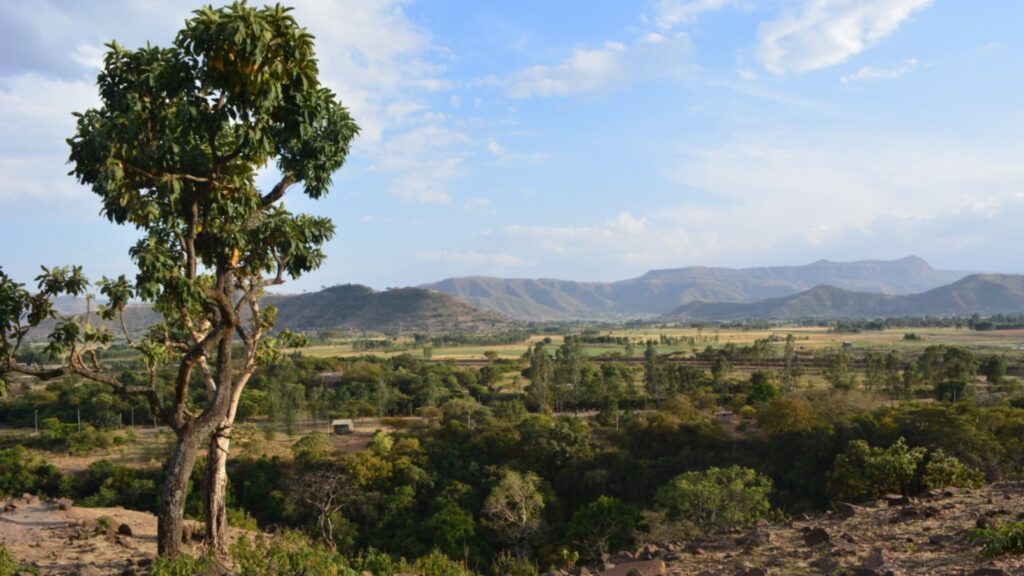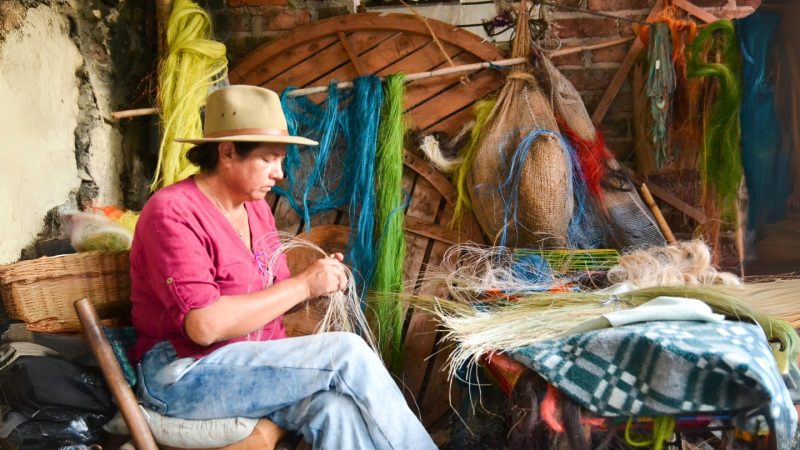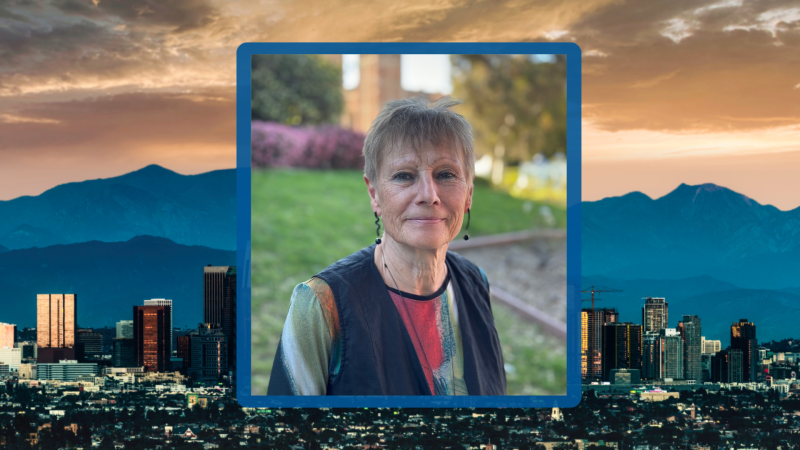
Climate change isn’t a green problem — it’s a white one
News and other media outlets have a responsibility to create a more inclusive narrative to shape environmental policies while elevating the leadership of Indigenous and African American communities
The power of a narrative is real. This is especially true of environmental narratives, which often paint people who live off the land as poor and struggling masses yearning to be saved and those who don't as, well, civilized but slightly overambitious. That narrative should be called out for what it is: white, pale and stale.
I was force-fed a similar narrative in middle school when my “Ethiopian-ness” came up, not because anyone in my class knew Ethiopia was the cradle of all humanity or because they had heard of the rolling Simien Mountains, the deep crevices of the Danakil Depression or the fact that the inception of the world’s longest and most historic river, the Nile (which is getting a lot of attention right now), has its headwaters in my parents’ homeland.
I was reminded because of starvation. It was all because of the 1985 famine that got so much media coverage — a little too much if you ask me. Tragic photos of babies with distended bellies and flies swarming their heads were, unfortunately for me, quite popular in the nineties. You’ve likely seen pictures of kids on a nondescript dirt road somewhere in the Sub-Saharan taken by a guy from some newspaper that tarnished the image of the greatest civilization the pre-historic world had ever known. That famine had everyone in my middle school class calling me Starvin’ Marvin. Michael Jackson wrote a song about it. It was a hit.
Now let me concede to every American who’s reading this thinking, “Why wouldn’t anyone know Ethiopia for that famine? It happened, didn’t it?” It’s true, it happened. The problem was its portrayal. The focus was placed almost entirely on the victims. Not on the Italian fascists who dropped mustard gas on Ethiopian crops rendering the land useless for decades, or the international community who turned a blind eye, or the colonial political decisions to cut off Ethiopia’s access to the Red Sea and global trade by occupying Eritrea. The popular narrative left out a lot of key players.
A similar narrative plays out when it comes to climate change and environmental degradation.
We’ve all heard the stories of how climate change is going to change not only Ethiopia but every other country on the globe. But a better question than “who are the victims?” is “who are the culprits?” And who needs to be among the leaders in the movement?
Ethiopia, along with much of the African continent, has some of the grandest natural wealth and beauty in the world, which explains why Chinese, American and international corporations are all competing for a piece of it. Countries that irresponsibly exploited their own natural beauty are still trying to exploit African and Indigenous nations at the cost of the land and the people. Why? Because Indigenous people have been good stewards of their land. Yet the media has painted them as poor, helpless people suffering from climate change rather than rightful leaders in the global conservation movement.
We all know about representation and why it matters in Hollywood, but the problem is bigger than that. Environmental media, obsessed with its white fright and angst, has overshadowed and at times exploited the Indigenous and African communities who’ve been calmly protecting and managing the earth for millennia. This narrative leaves a glaring deficiency — a famine, if you will — of imperative, inclusive and systematic policies based on the earliest and most effective forms of sustainable environmental practices.
The kids who called me Starvin’ Marvin in middle school didn’t come up with it on their own, nor did the creators of South Park who popularized the fictional character. It was force-fed to them by news coverage obsessed with portraying victimhood. It’s been used to create a sense of inability and lack of agency on the part of not only Ethiopians but Indigenous and minority communities in America and worldwide. Narratives of poverty, crime and inaction are used to explain away environmental conditions rather than focusing on the political, historical and environmental policy decisions of largely white, male policymakers and corporate owners. Let’s be real, no African country is the highest greenhouse gas emitter in the world. It’s China and the U.S. Kids in Detroit don’t have enough to eat, poor Americans are dying from toxic waste, and water in Flint and South Dakota is more contaminated than rivers in Ethiopia.
Even worse, keeping natives and Blacks out of the environmental leadership conversation and out of the newsrooms that report on it ignores much-needed wisdom, protection and knowledge that will help us combat climate change. Over 90% of media sources in the U.S. newsrooms are controlled by six corporations and minorities comprise only 17% of newsroom staff while making up over 40% of the U.S. population. A conflict of environmental interest and narrative indeed. If the COVID-19 pandemic teaches us anything, it’s that Ethiopia and other environmentally, spiritually and culturally developed Indigenous groups and countries had it right all along. Less is more. Rather than being seen as “underdeveloped,” Indigenous cultures should be the poster children not of starvation but of austerity, foresight and human kindness.
Climate change isn’t a green problem, it’s a white one. News and other media outlets have a chance and responsibility to create a more inclusive and holistic narrative to shape environmental policies on the larger global scene while elevating the leadership of Indigenous and African American communities. And this can only happen one story at a time.
Top image: Overlooking Tis Abay toward the Simian Mountains in Ethiopia. | Photo by Aeden Keffelew.




